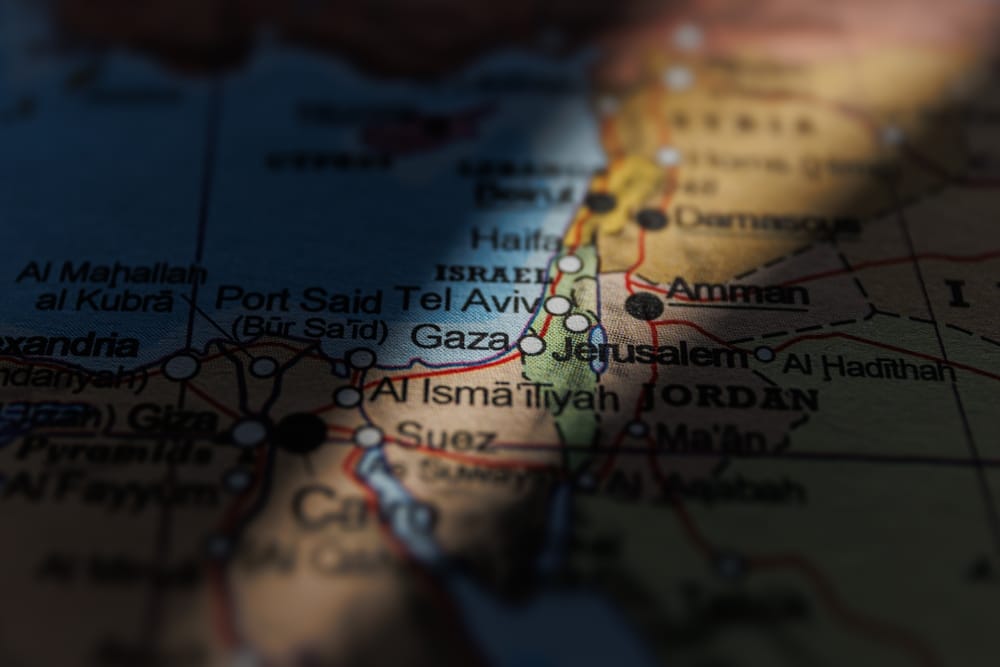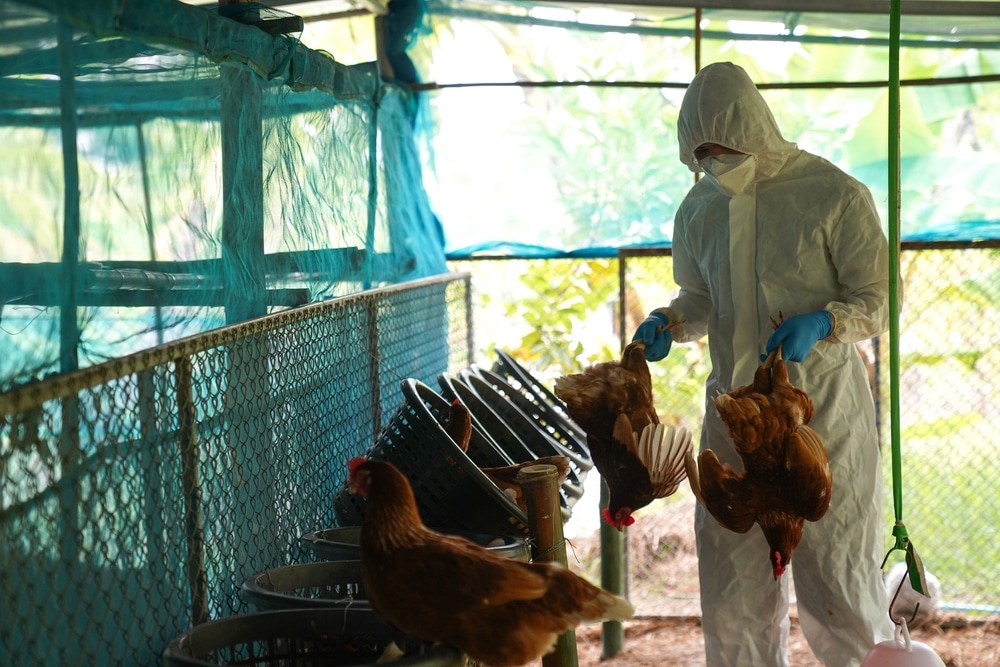On the chilly shores of Alaska’s Prince William Sound, tens of thousands of battered bird carcasses are washing up. The birds, all members of a species known as the common murre, appear to have starved to death, wildlife officials said Tuesday. Their black and white bodies lie strewn across the slick rock, or else bob in the shallow waters nearby.
Seven thousand miles away, on a sandy beach in southern India, more than 100 whales were discovered mysteriously stranded on shore this week. Already at least 45 of them are dead, according to the BBC, dried out and overheated by exposure to the sun. More may soon die if they can’t be safely returned to the ocean. The area hasn’t seen this big a stranding in more than 40 years.
These are two isolated incidents, but they’re not unlike others that have been reported in the past year — unexplained die-offs, abnormally large strandings, a worldwide coral bleaching bigger than almost anything else on record. Around the world, animal populations are vulnerable. Huge groups might be killed in a matter of days or weeks. In Kazakhstan in May of last year, more half of the world’s entire population of saiga antelope vanished in less than a month. FULL REPORT

















